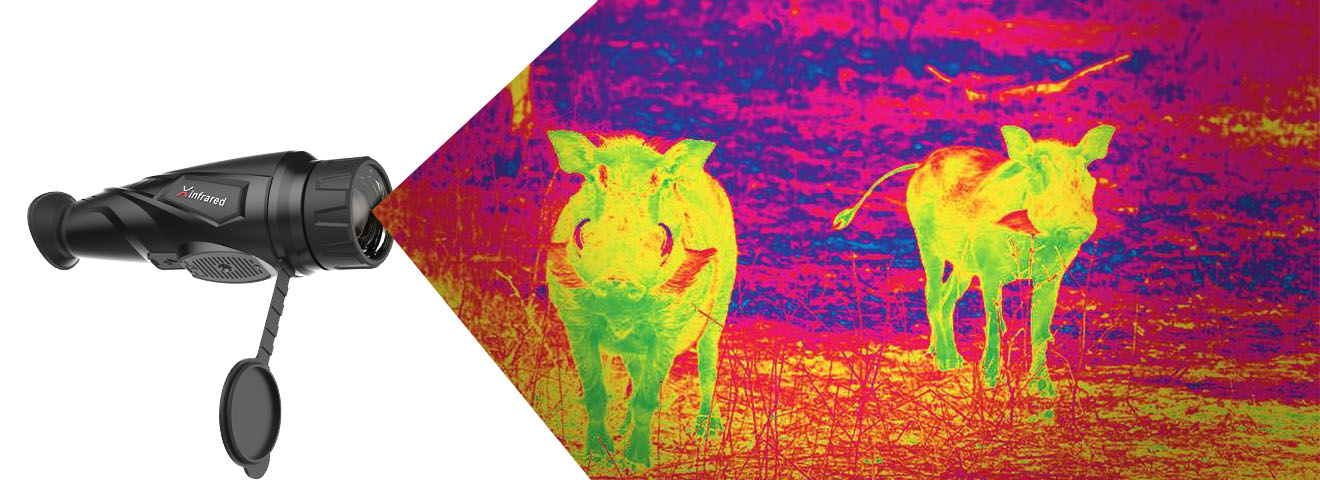Night Vision vs Thermal Imaging
Nighttime is the most complicated and dangerous time for us, in which our vision severely limited by the dark, so for those who need to take their activities in the night, the night vision is not strange for them. This once military-grade tech is the stuff of spy movies and undercover gadgets. But what exactly is night vision and what is the difference between this with another hot item recently: thermal night vision?



Thermal night vision, or infrared (IR) imaging, is a technology that uses a powerful thermal sensor that detects the heat signatures of objects, and convert those heat signatures into a visible thermal image where the higher heat signatures are highlighted brighter and easy to see, in the picture you can intuitively see the strong contrast from different parts. This technology has many applications in many different settings, including thermal hunting, nature observation, HVAC checking, etc.

The major pro of thermal imaging device is that it requires no external light resource and still available in strenuous weather conditions like fog, smoke, rain, or dust storms. The thermal imaging device can display reliable, crisp pictures for most situations. This feature makes it the most favorable technology in the night vision business and sets it apart from the rest of its competitors, unbeatable exactly.
Difference Between Night Vision and Thermal Imaging
The differences between night vision vs thermal imaging are:
1. Night vision needs nearby visible light to work properly. Thermal imaging does not need any light to start.
2. Night vision works by amplifying nearby visible light. Thermal imaging works by using thermal sensors to detect differences in temperatures of objects
3. Night vision takes a scene and magnifies the light, then translates it into green-tinted images. Thermal imaging translates heat signatures into clear visible images, and objects with higher heat signatures are shown in bright yellow, orange, or red color.
4. Night vision is limited by conditions like dust, smoke, rain, and fog. Thermal imaging is not impaired by these conditions and can work in complete darkness.
5. Night vision is an outdated technology that, while it still has its uses in special cases, is cheaper but lower image quality than other options. Thermal imaging is a highly developed technology that, while it may be now more expensive than other options, increases your visible ability at night better than its competitors and is growing affordable for most of us.
If you need or have a plan to own night vision devices, you might as well consider a thermal, powerful not just as night vision equipment:


Comments
Post a Comment